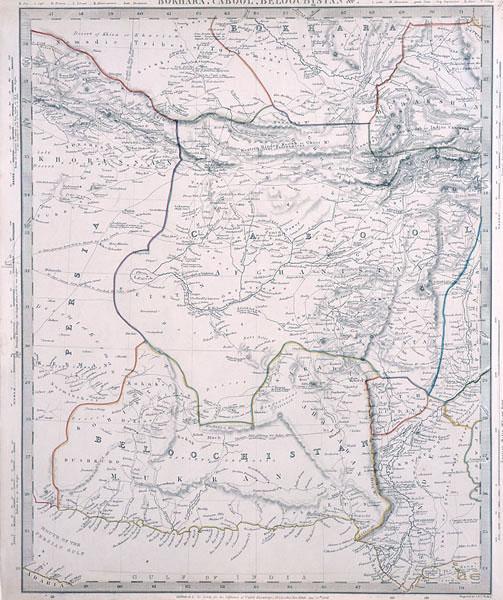As Iran moved to condemn attacks against Shias in Pakistan this week, Iranian hardline news site Mashregh once again blamedforeign “Wahhabis” for sponsoring the violence. In the wake of increasing Sunni-Shia sectarianism and violence in itsSistan-Baluchestan province — which borders Pakistan – Iran has recently blamed its Sunni rivals Qatar and Saudi Arabia for funding and inciting Sunni separatist movements.
Whether they are sponsored by foreign states or not (and it is impossible to ascertain from open-source intelligence), the Sistan-Baluchestan separatist movements — particularly Harakat Ansar Iran (HAI) — differ from their predecessor Jundullah in that they are far more outward-looking and have connected their cause with wider Sunni causes.
HAI, for example, maintains a blog in Persian — as one would expect — but reaches a wider audience through sites in Arabic and English. The Persian website focusses mostly on local issues in Sistan-Baluchestan — including setting up an anti-narcotics wing to combat drug trafficking and addiction in the province. HAI also used its Persian-language blog to announce its cooperation with Pakistani group Sipah-e Shahada.
Aimed at a different audience, the Arabic and English sites look beyond the group’s regional goals and discuss wider issues of Sunni-Shia sectarianism. (HAI’s English site is currently suspended but the group continues to publish English-language content on its Persian blog, a sign of how important it is to HAI to be a part of the English-language “Jihadosphere”)
Like other Jihadi groups, HAI also maintains an extensive presence on social media, and has branded Twitter accounts in both English and Arabic (though, significantly, not Persian). Prior to opening its branded Twitter accounts, HAI advertised its presence on Twitter via an Arabic-speaking spokesman operating under the name Abu Hafez al-Balushi (and who may be operating out of Pakistan). Al-Balushi’s account has over 6,500 followers, many from Sunni Gulf states.
Again mimicking other Jihad groups, HAI has its own YouTube channel and even a media wing, al-Farooq, which has put out videos but especially images with anti-Shia, pro-Sunni messages that the group has disseminated via Twitter and Facebook. One of the images, which caused some shock, is of a youth training camp: http://iranmilitarynews.org/2013/03/11/irans-sunni-jihad-groups-thinking-globally-but-acting-locally/









































No comments:
Post a Comment